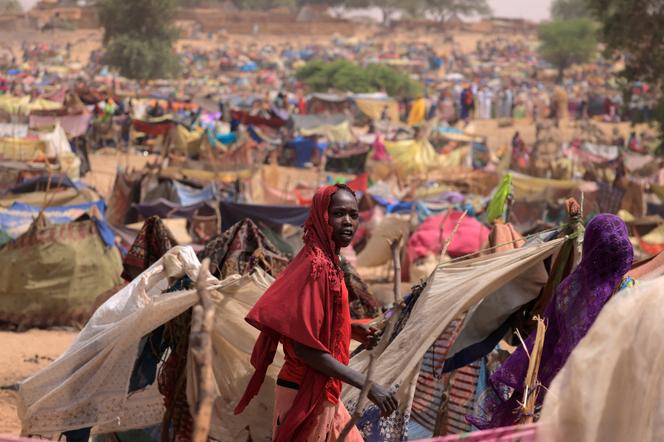


Forced displacement of populations has increased steadily since 2015 and now affects more than 123 million people, the United Nations High Commissioner for Refugees (UNHCR) said in its annual report, released on Thursday, June 12.
The situation, described by the UNHCR as "untenable," results from various wars and persecutions around the world. Sudan has now become the most affected country by forced displacement, with 14.3 million refugees and internally displaced persons, ahead of Syria (13.5 million), Afghanistan (10.3 million) and Ukraine (8.8 million). "The number of forcibly displaced people has almost doubled in the last decade," said the UNHCR, whereas the 1990s were marked by stabilization. The end of certain conflicts – in the Balkans, in Sierra Leone, Liberia and South Sudan – as well as the fall of the Taliban regime in 2001, allowed millions of refugees to return home.
The trend has reversed in a lasting way and was only slightly mitigated by an increase in return movements in 2024, such as those made possible by the fall of Bashar al-Assad's regime in December. "Nearly two million Syrians have been able to return home after over a decade uprooted," said High Commissioner for Refugees Filippo Grandi. "The country remains fragile."
You have 70.43% of this article left to read. The rest is for subscribers only.
